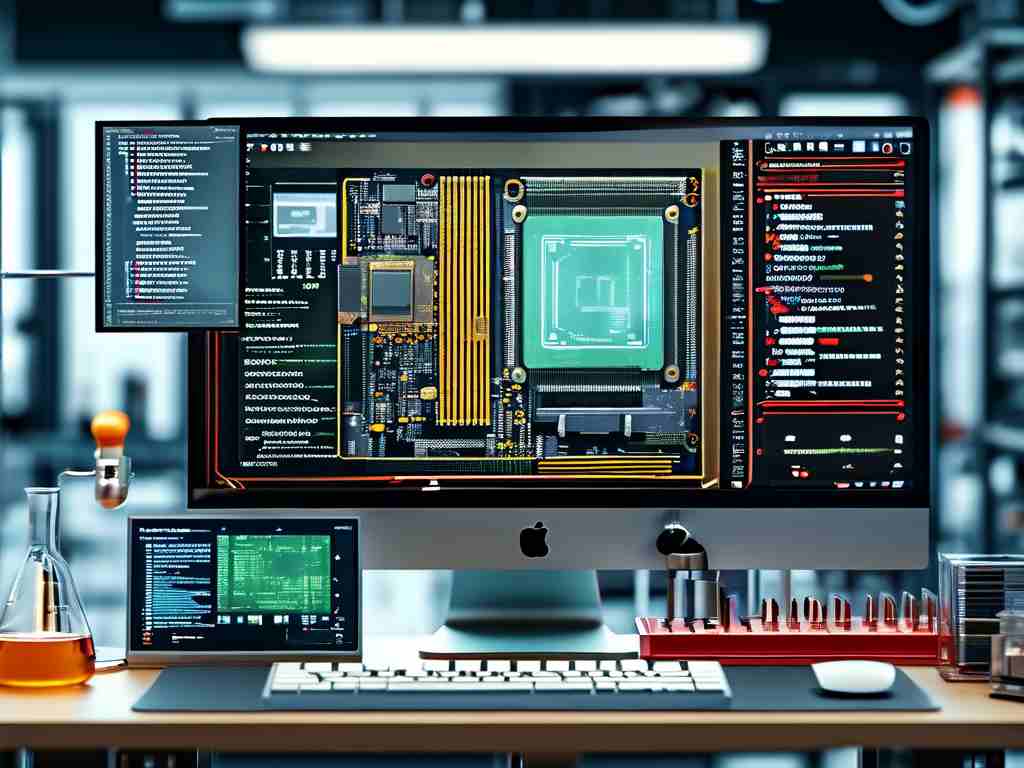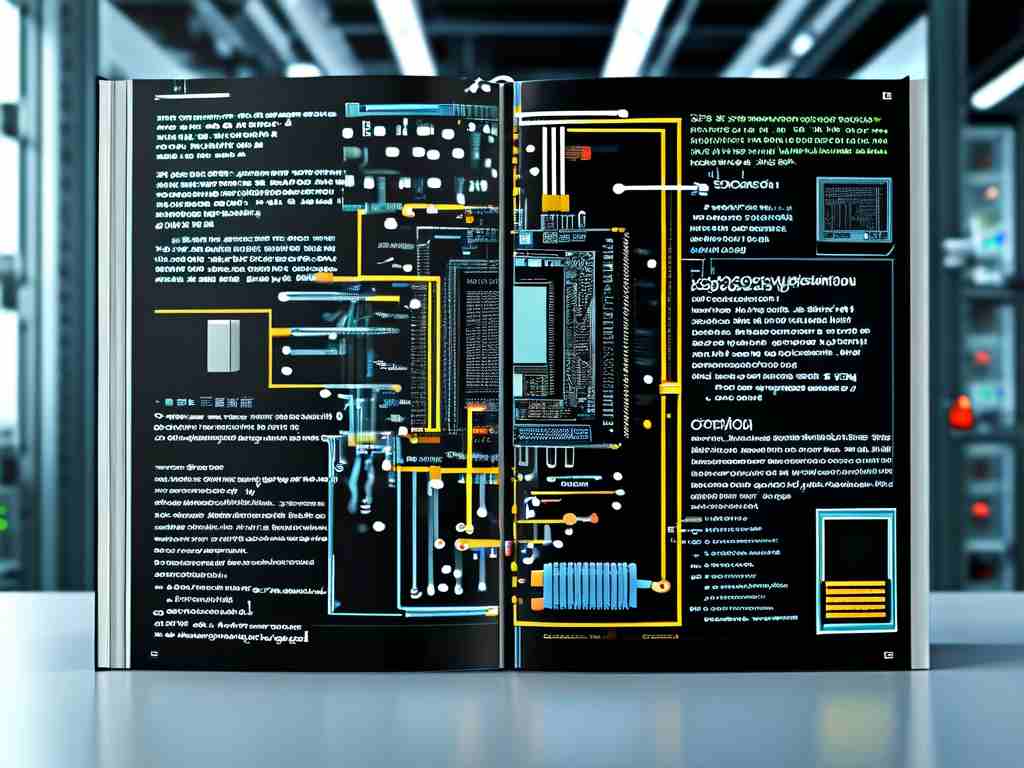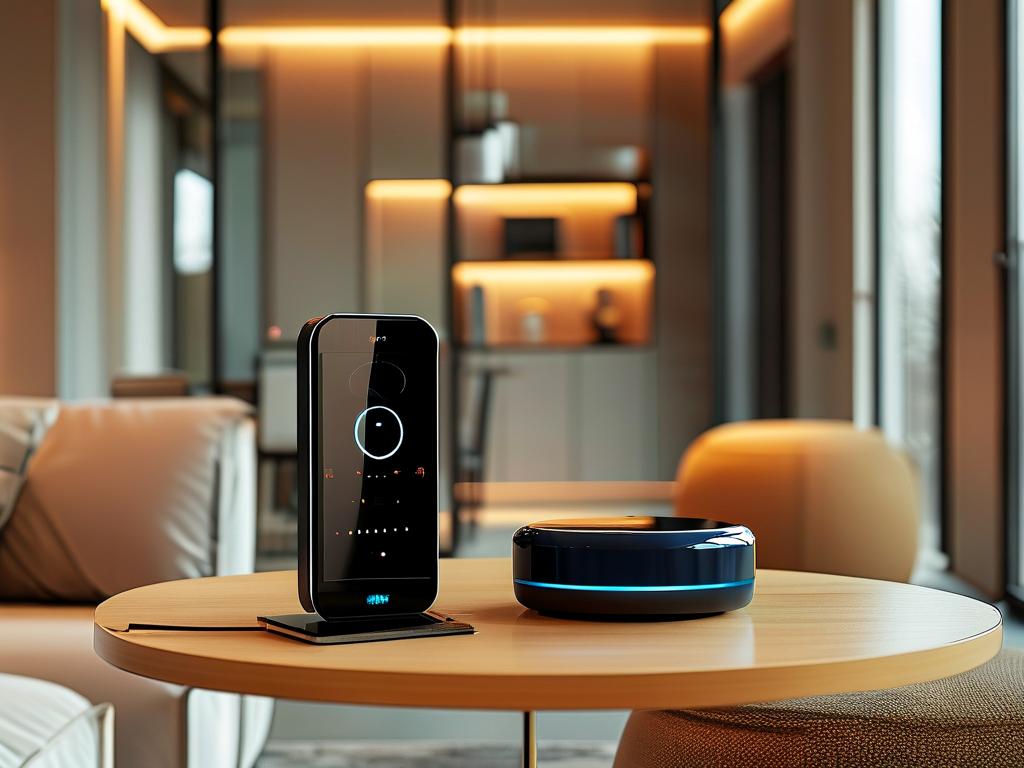Single-board embedded development has revolutionized prototyping and product design in electronics. These compact computing platforms combine processing power, memory, and I/O capabilities on a credit card-sized circuit board, enabling engineers to create sophisticated embedded systems without complex hardware designs. This article explores practical approaches for working with single-board computers (SBCs) while addressing common challenges in embedded development.

Hardware Selection Strategies
Choosing the right SBC requires balancing processing capabilities with project requirements. Popular options like Raspberry Pi and BeagleBone offer different architectures – ARM-based systems provide excellent power efficiency, while x86-based boards like UP Squared cater to compute-intensive tasks. Consider GPIO pin count, analog inputs, and communication protocols (I2C, SPI, UART) when evaluating boards. For industrial applications, ruggedized SBCs with extended temperature ranges (-40°C to +85°C) ensure reliability in harsh environments.
Development Environment Setup
Cross-compilation toolchains remain essential for embedded development. Configure QEMU for architecture emulation to test binaries before deployment:
arm-none-eabi-gcc -mcpu=cortex-a7 -o firmware.elf main.c qemu-system-arm -M vexpress-a9 -kernel firmware.elf
Real-time operating systems (RTOS) like FreeRTOS or Zephyr OS provide deterministic behavior for time-sensitive applications. When using Linux-based SBCs, leverage device tree overlays for hardware configuration:
/dts-v1/;
/plugin/;
&gpio {
custom_device {
compatible = "custom-device";
enable-gpio = <&gpio 23 0>;
};
};
Power Management Techniques
Optimizing power consumption extends battery life in embedded devices. Implement dynamic voltage and frequency scaling (DVFS) through sysfs interfaces:
with open('/sys/devices/system/cpu/cpu0/cpufreq/scaling_governor', 'w') as f:
f.write('powersave')
Deep sleep modes can reduce power draw to microamp levels. Use wake-up interrupts from RTC or GPIO events to resume operation, achieving 90% power reduction in sensor nodes.
Peripheral Integration Challenges
Signal integrity issues often arise when interfacing with external components. Implement hardware debouncing for mechanical switches using RC filters (10kΩ resistor + 100nF capacitor). For analog sensors, create moving average filters in software:
#define SAMPLE_SIZE 16
uint16_t adc_filter(uint16_t new_sample) {
static uint16_t buffer[SAMPLE_SIZE] = {0};
static uint8_t index = 0;
buffer[index++] = new_sample;
if(index >= SAMPLE_SIZE) index = 0;
uint32_t sum = 0;
for(uint8_t i=0; i<SAMPLE_SIZE; i++) {
sum += buffer[i];
}
return (uint16_t)(sum/SAMPLE_SIZE);
}
Security Implementation
Protect embedded devices against cyber threats using hardware-backed security features. Enable secure boot with cryptographic signatures:
openssl dgst -sha256 -sign private.pem firmware.bin > signature.bin
Implement TLS 1.3 for network communication using mbedTLS library, reducing attack surfaces compared to legacy protocols.
Deployment Best Practices
Environmental factors significantly impact embedded system reliability. Conformal coating (acrylic or silicone-based) protects PCBs from moisture and contaminants. For vibration-prone installations, use potting compounds to secure components. Implement watchdog timers to automatically recover from software faults:
void init_watchdog() {
WDT->WDT_MR = WDT_MR_WDV(4096) | WDT_MR_WDD(4096) | WDT_MR_WDRSTEN;
}
The evolution of SBCs continues to reshape embedded development paradigms. New architectures featuring AI accelerators like Google Coral’s Edge TPU enable machine learning at the edge, while RISC-V based boards offer open-source hardware alternatives. Developers must stay updated with hardware advancements and software toolchains to fully leverage these powerful platforms in next-generation embedded solutions.









